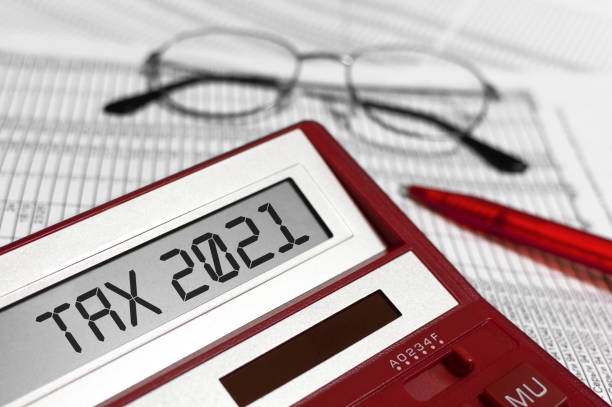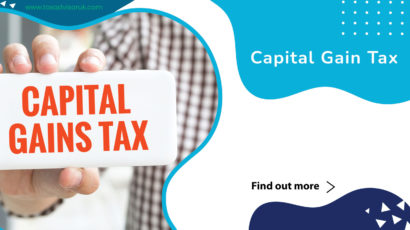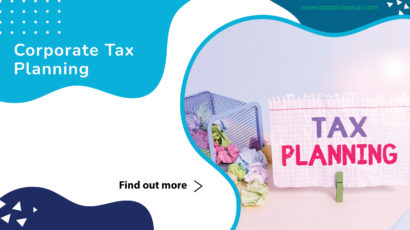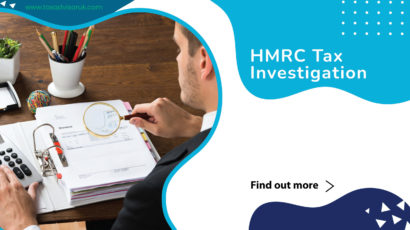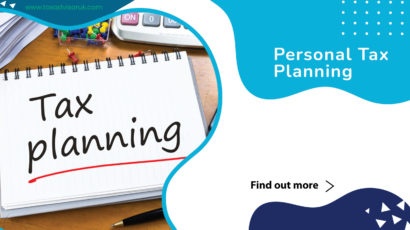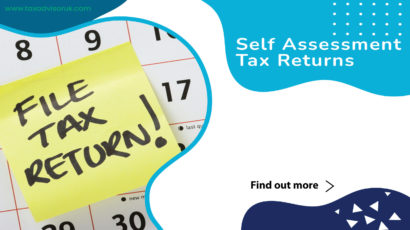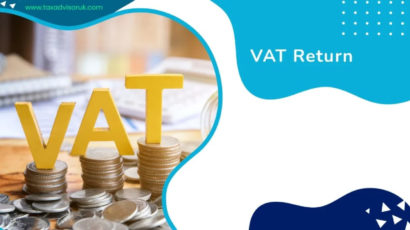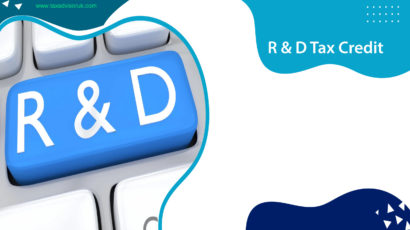If you are wondering what CIS means, it is the abbreviation for Construction Industry Scheme. The HMRC designed this method to collect tax from sub-contractors operating in the construction industry directly. Here is what you need to know about CIS Rebates or CIS Tax Refund for Companies and how to claim them for companies.
What is the CIS or Construction Industry Scheme?
It is a scheme in which the construction contractor deducts a portion of the due money for his/her subcontractor. The amount deducted is passed on to the HMRC and counted as a tax or National Insurance for the subcontractor.
The money deducted as CIS tax Returns depends on whether the subcontractor is registered under the CIS system or not. Unregistered subcontractors get 30% deductions, while registered ones get 10% fewer deductions, i.e. a 20% deduction.
This is why, by the end of the company’s tax year, the amount deducted at the source is overpaid. Usually, the deductions do not count the entitlement of personal allowance. This is why many subcontractors have CIS tax refunds due, and you need experienced tax advisors to help.
Do You Qualify for the CIS System?
If you spend as much as £1 million on construction every year, you qualify for this system. Sometimes, a subcontractor can fall under two categories – both as a contractor and a subcontractor. This means the claimant must follow the rules that apply to CIS Tax Refund for Companies in both scenarios. Our team of expert tax advisors can evaluate your eligibility and offer the best approach. If you are not on the CIS system, we recommend registering for it.
How to Register for CIS System
Unregistered subcontractors suffer higher deductions. Therefore, it makes sense to register. You need to have the following credentials to register:
- Legal Brand Name
- Legal Trade Name
- National Insurance Number
- Unique Tax Payer Reference Number for your business
- VAT Registration Number
If you are both a contractor and subcontractor, then you need to register for both roles. You must pay CIS Tax Refunds in both cases.
Next, you need to be sure about what your company is – a partnership or a limited company. You have to register as a sole trader first. Then the HMRC would register the partnership.
How to Claim CIS Tax Refunds
First, HMRC must receive a self-assessment tax return from the partners and sole traders. This must contain an outline of all the amounts considered income. The applicant must also indicate the CIS deductions very accurately.
Our team of professional tax advisors will then work out the National Insurance bull and your tax. Then we will subtract any deductions that the contractor made. We will make sure the HMRC releases any due CIS tax returns.
As you can realize from the process outlined here, it is not a very straightforward process. This is why hiring experienced professionals who have done it before saves you from many hassles. Moreover, it increases the chances of your obtaining the due CIS tax refunds.
Let us help you! Call us today.

